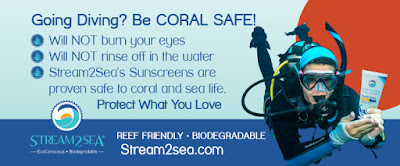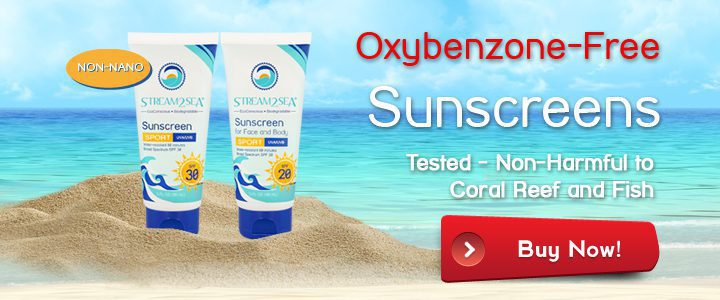On a group trip I led to Cozumel one year, we had the pleasure of being on the island during the festive time of Pascua (Easter). A culture deeply-rooted in Christian traditions and customs derived from the Spanish, the season of Pascua is a very important part of the Mexican heritage. What a perfect opportunity for visitors to soak up a few cultural traditions.
Pascua - A Season of Repentance & Celebration
The season of Pascua begins with Miercoles de Ceniza (Ash Wednesday). This is a day of fasting and attendance at mass where those worshiping are marked with the sign of the cross in ash on their forehead as a symbol of repentance before God. The season continues through Cuaresma (Lent), a 40-day period of repentance and reflection. Domingo de Ramos (Palm Sunday) marks the beginning of Semana Santa (Holy Week) with the celebration of the triumphant arrival of Jesus on the back of a donkey, into the city of Jerusalem. In Cozumel, masses are held at Iglesia de San Migues and Iglesia de Corpus Christi, followed by candlelit vigils and the symbolic burning of an effigy of Judas.
Domingo de Pascua - Celebration of the Resurrection
On Domingo de Pascua (Easter Sunday) altars are adorned with flowers and the streets are colorfully decorated for the celebratory Easter parade. People gather in the Plaza Central de San Miguel de Cozumel for music and fun. And children carry on the tradition of Cascarones. Chasing each other with brightly colored Easter eggs, they crack the fragile shells filled with confetti over each others' heads. Breaking a cascaron over someone's head is said to bring good luck.
Where Did Cascarones Come From?
Believed to have originated in China, it is rumored cascarones were brought to Europe by Marco Polo. Filled with powdered perfume and capped with wax, they were first used as a courting ritual in Italy. Men would throw them at women they found attractive. This custom then spread to Spain and then in the mid-1800s brought to Mexico by Emperor Maximilian’s wife. It was in Mexico that the perfumed powder was replaced with confetti.
In order to make cascarones, use a pin or knife to break a hole at the small end of the egg and pour the egg out. Clean the shell out and let dry. Next, decorate as you please and let dry again. After it is dried, fill the egg with confetti or a small toy. Finally, apply glue around the outside of the hole and cover with colorful tissue paper. And there you have it, your own cascaron. My husband's aunt collects cartons of cleaned eggshells from friends & family all year long. At the end of the annual Easter bbq, after the Easter egg hunt, she hauls out her stash of cascarones and the colorful family fun continues. Maybe it's time for your family to carry on the tradition, if you don't already.
Do you have a family Easter tradition you would like to share? I'd love to hear about it.
 Like what you've read? Want to learn how to better enjoy your scuba diving vacation? Maybe you'd like to travel with Delightful Departures on an upcoming adventure? Become part of the Delightful Departures community. Discover different destinations and travel tips in our biweekly newsletter. In addition, you'll receive our Diver's Packing List just because. Join today.
Like what you've read? Want to learn how to better enjoy your scuba diving vacation? Maybe you'd like to travel with Delightful Departures on an upcoming adventure? Become part of the Delightful Departures community. Discover different destinations and travel tips in our biweekly newsletter. In addition, you'll receive our Diver's Packing List just because. Join today.
 Like what you've read? Want to learn how to better enjoy your scuba diving vacation? Maybe you'd like to travel with Delightful Departures on an upcoming adventure? Become part of the Delightful Departures community. Discover different destinations and travel tips in our biweekly newsletter. In addition, you'll receive our Diver's Packing List just because. Join today.
Like what you've read? Want to learn how to better enjoy your scuba diving vacation? Maybe you'd like to travel with Delightful Departures on an upcoming adventure? Become part of the Delightful Departures community. Discover different destinations and travel tips in our biweekly newsletter. In addition, you'll receive our Diver's Packing List just because. Join today.





















